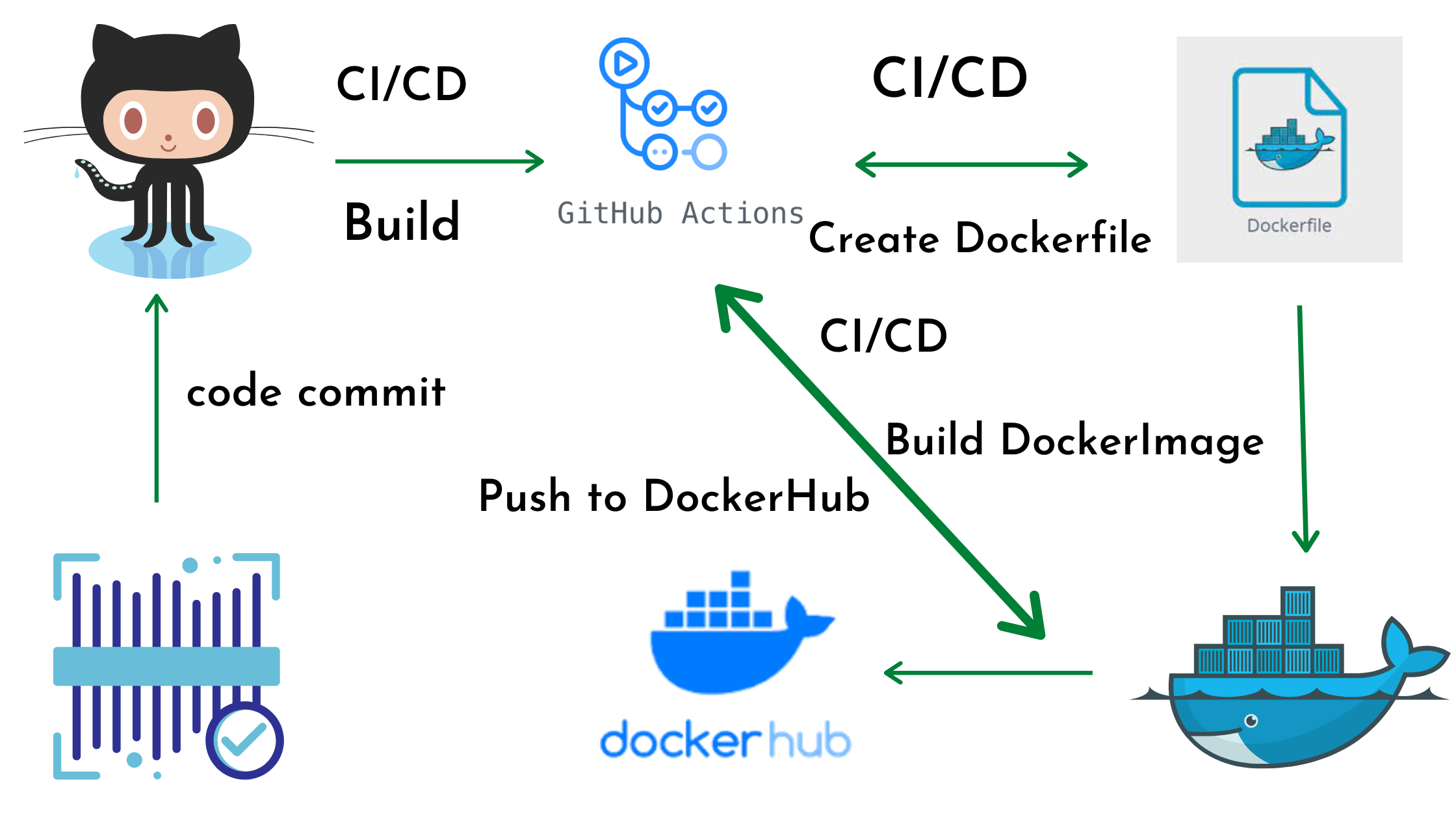Similar Posts
Overview of Version Control Systems (VCS)
You need to be logged in to view this content. Please Log In. Not a…
What are the Three stages of Git
You need to be logged in to view this content. Please Log In. Not a…

Push Docker Image to DockerHub Using GitHub Actions
In this article we are going to learn Create Dockerfile for Node.js app, Create server.js…
What is Git and GitHub?
You need to be logged in to view this content. Please Log In. Not a…

Deploying to AWS ECS using GitHub Actions
In this article we are going to cover How to deploy on AWS ECS using…
What is GitHub?
You need to be logged in to view this content. Please Log In. Not a…
